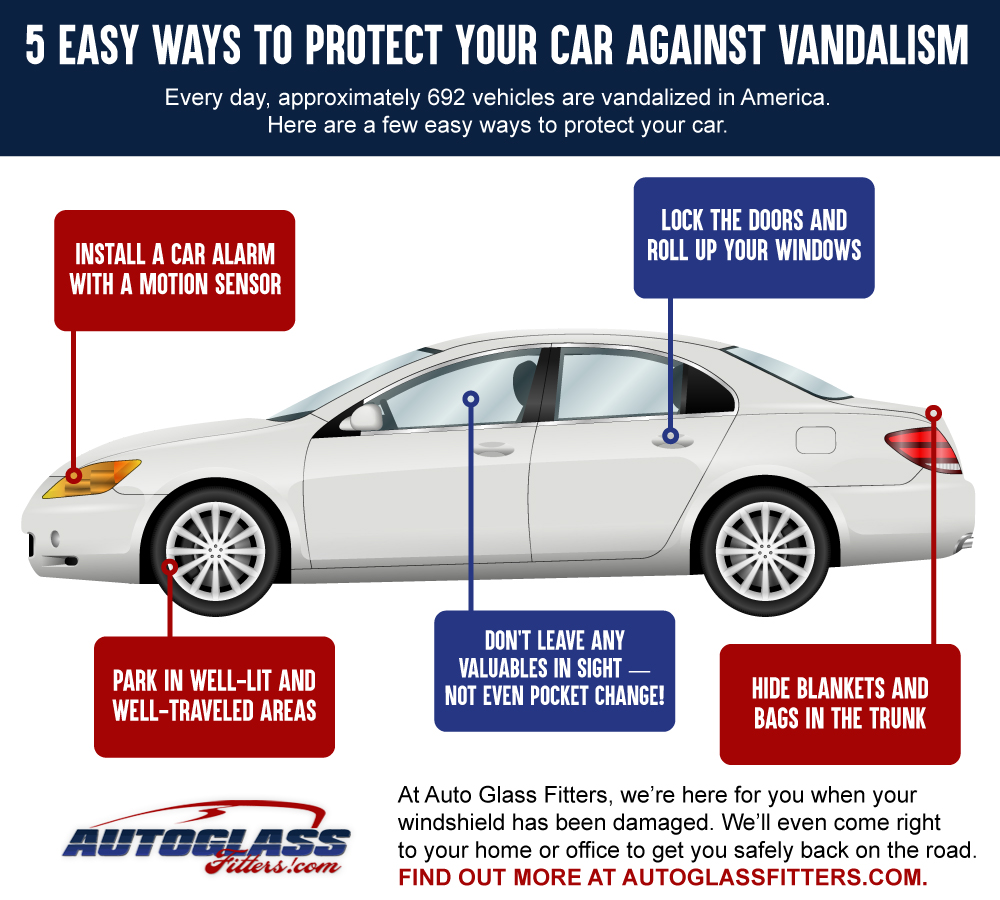Master The Essential Stress Cleaning Techniques Fit For Different Surface Area Types To Recognize Impressive Outcomes-- Discover The Strategies That Cause An Impeccable Surface
Master The Essential Stress Cleaning Techniques Fit For Different Surface Area Types To Recognize Impressive Outcomes-- Discover The Strategies That Cause An Impeccable Surface
Blog Article
Web Content By-Wu Vincent
When it comes to pressure washing, the technique you pick can make all the difference in accomplishing a clean, streak-free coating. You could discover that difficult surfaces, like concrete, require a different technique than softer products, such as wood or plastic. It's vital to adapt your techniques to the surface type to prevent damages while making best use of cleaning efficiency. So, what are the very best methods for each surface area, and exactly how can you guarantee you're making use of the right settings and tools for the work? Allow's explore what you require to recognize to obtain the very best outcomes.
Difficult Surfaces
When it pertains to push washing hard surfaces, prep work is key. Prior to you also consider pulling out the pressure washing machine, make the effort to remove the area of any type of debris, furniture, or challenges. You don't want anything getting in your method or possibly harmful your equipment.
Next, examine the surface for any fractures or damages; this will aid you establish the right technique and pressure settings.
When you've prepared the location, it's important to choose the appropriate nozzle. For difficult surface areas like concrete or brick, a slim nozzle (15 or 25 degrees) works best to offer a concentrated stream of water that can efficiently eliminate gunk and stains. Constantly start at a distance and gradually relocate closer to stay clear of any type of surface damages.
As you begin cleaning, keep the wand transferring to stop touches and over-saturation. It's likewise useful to work from the top down, enabling dust and debris to wash away naturally.
Lastly, keep in glass scratch repairs to wash the surface thoroughly after cleaning up to eliminate any type of remaining cleaning agent. With these methods, you'll attain a tidy and refreshed look on all your hard surface areas.
Soft Surfaces
Pressure washing soft surface areas requires a gentler strategy to shield them from damage. Whether you're cleaning your deck, patio area furnishings, or siding, utilizing too much stress can cause damages, scrapes, or perhaps permanent damage.
Start by picking a low-pressure nozzle, ideally a 25-degree or larger spray pattern, to distribute the water a lot more gently.
Prior to you begin, it's essential to pre-treat any kind of discolorations with an appropriate cleansing solution. This step enables the cleaner to pass through the dust and gunk, making it much easier to wash away without scrubbing too hard.
Always use the solution from all-time low as much as prevent spotting.
When https://commercialwindowcleaningc43210.sharebyblog.com/32518728/not-being-educated-about-the-normal-errors-in-roof-covering-cleaning-can-be-economically-destructive-check-out-means-to-defend-your-investment-and-extend-the-life-of-your-roof-covering begin pressure washing, keep a distance of at least 12 to 18 inches from the surface. Relocate your wand in a sweeping movement, maintaining it parallel to the surface to avoid focused stress on one place.
Wash the area completely after cleaning up to get rid of any kind of residual cleanser.
Last but not least, examine the surface for any missed out on spots and duplicate the procedure if necessary. By following these actions, you can successfully tidy soft surface areas while protecting their integrity and appearance.
Specialty Surfaces
Cleansing soft surfaces calls for treatment, but specialized surfaces demand even more focus to information. When you tackle these surfaces, like fragile timber, discolored concrete, or certain types of house siding, utilizing the ideal pressure cleaning methods is important to prevent damages.
First, examine the product. For instance, dealt with timber can usually endure moderate pressure, however softer woods like cedar might call for a reduced setting. Constantly begin with the most affordable stress and progressively boost if required.
For discolored concrete, utilize a follower spray nozzle and preserve a regular distance to avoid engraving the surface.
When dealing with surfaces like plastic home siding or painted surface areas, a vast spray pattern assists disperse the stress evenly, protecting the finish.
It's likewise a good idea to use cleaning agents especially developed for specialized surfaces. They can enhance cleansing without compromising the product.
Wash extensively after washing to remove any type of residue, as it can lead to staining or deterioration gradually.
Conclusion
To conclude, grasping stress cleaning techniques for different surface areas can make all the distinction in your cleaning results. For tough surface areas, stay with narrow nozzles and a top-to-bottom strategy, while soft surfaces need a gentler touch with larger nozzles. Do not forget to pre-treat discolorations and rinse completely to stay clear of residue. By adapting your techniques to every material, you'll not only achieve a cleaner finish however also protect the integrity of your surfaces. Pleased cleaning!
